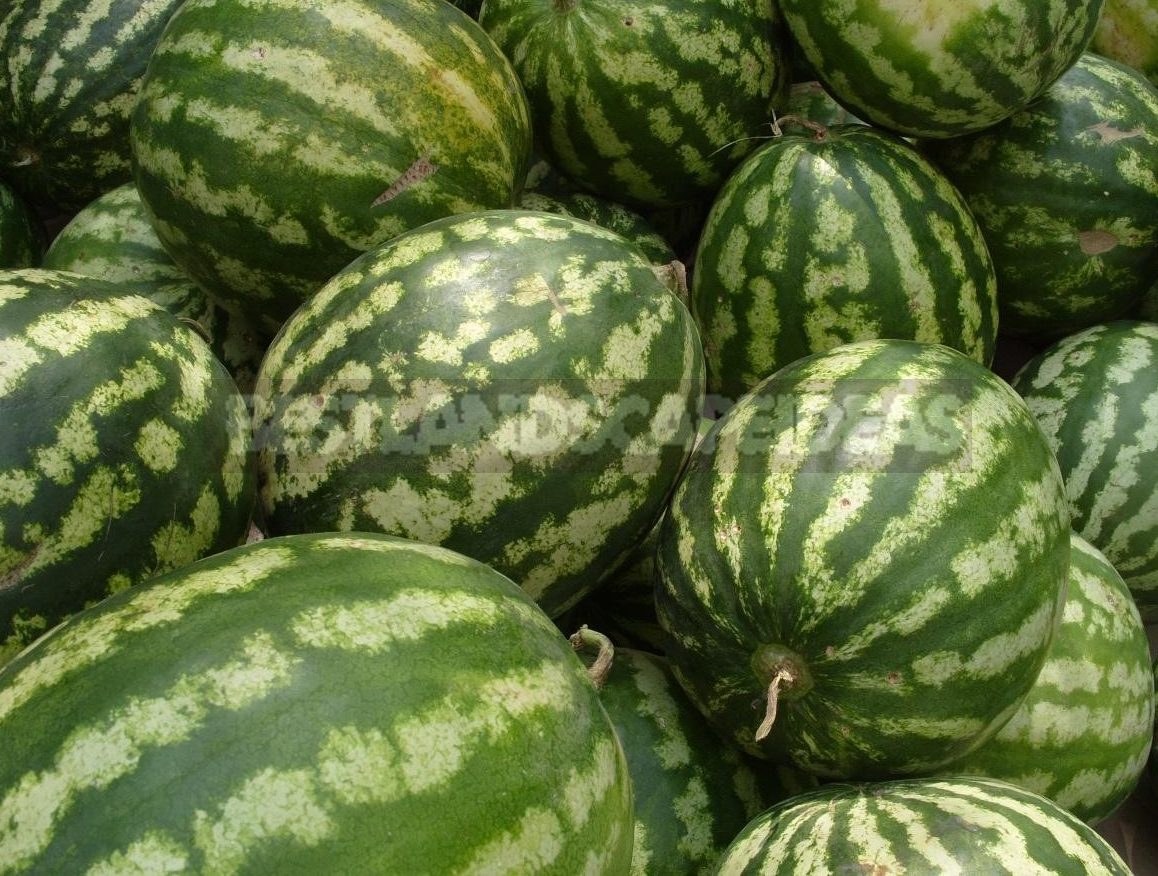
Every year you wait for the summer, the warm sea and the August watermelon season to swim and get enough of this amazing berry, grown for more than 3,500 years. Interestingly, watermelon was introduced to Western Europe in the XI-XII centuries, but the birthplace of watermelon is South Africa.
Watermelon is an annual herbaceous monoecious plant (that is, it has unisexual male and female flowers). It has a strongly branched stem up to 5 m (5.5 yard) long.The leaves are grayish-green, double – sparsely dissected, in some varieties-whole. Yellow flowers bloom in June-July. Fruits — berry-shaped pumpkins, large, round, oblong or cylindrical, multi-seeded, juicy, with purple-red, pink or yellowish, white flesh and dark or light green, solid or with a pattern in the form of a grid, stripes, bark spots; ripen in August-September. Varieties with yellow fruits look unusual and original.
Watermelon has healing properties. Fresh and savory fruits are used for food, from which candied fruits are prepared. For medicinal purposes, use the pulp, the crust of mature fruits, seeds that have a diuretic, choleretic, mild laxative and anthelmintic effect.
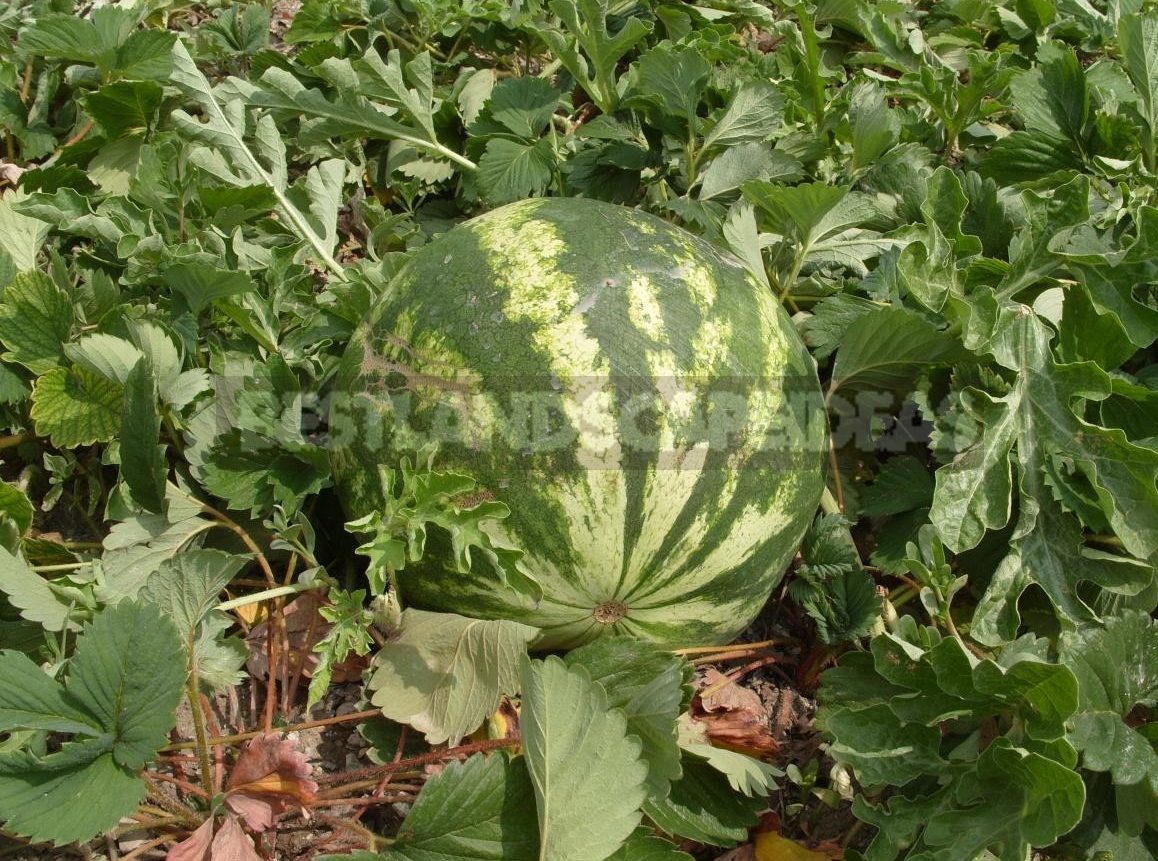
Thanks to the beautiful, carved leaves, rarely located on the stem, the watermelon forms a light, delicate gray-green drapery, decorated with yellow spots of flowers. The plant has the greatest decorative effect during the period when fruits appear on it. Long-growing varieties of watermelons are suitable for vertical gardening, while the fruits are placed in nets and tied to supports.
Planting scheme: for short-leaved varieties: 100 x 70cm (3.3×2.3 feet), 70 x 70 cm (2.3×2.3 feet), for long-leaved varieties-210 x 130-150 cm (6.9×4.6-4.9 feet); sowing depth 3-5 cm (1.2-2 inhces). It is not recommended to plant watermelons again in the same place, as well as after other pumpkin crops; it is advisable to return to the same place no earlier than after 7-8 years. Best precursors: perennial grasses and legumes. The best soils: sandy and sandy loam with a neutral reaction.
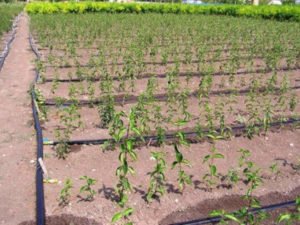

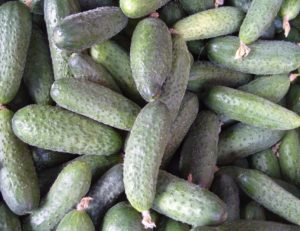
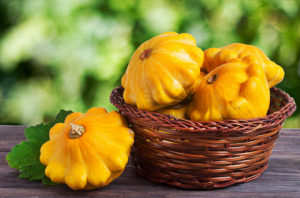
Leave a Reply